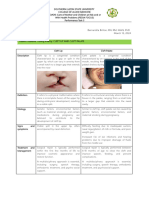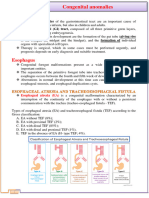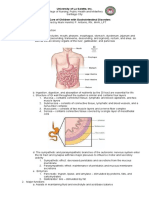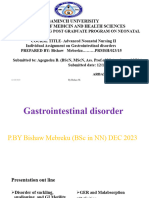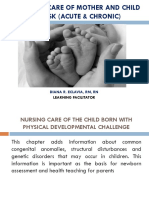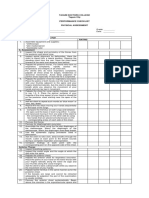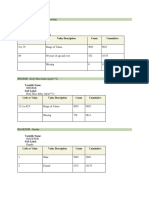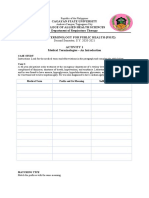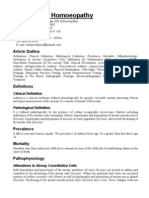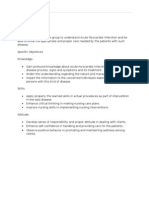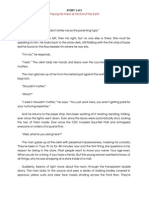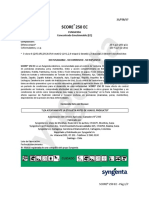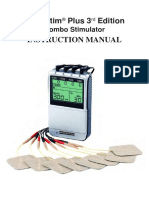0% found this document useful (0 votes)
25 views138 pagesG I+dysfunctions+ (Presentation)
the treatment and care of babies, children and young people from birth to 19 years.involves the use of a wide variety of activities that might include bobath, reflex locomotion therapy, respiratory massage therapy, hydrotherapy, respiratory …Often doctors will recommend physiotherapy for children and teens who have been injured or who have movement problems from an illness, disease or disability.
Uploaded by
shaukatmuhammad836Copyright
© © All Rights Reserved
We take content rights seriously. If you suspect this is your content, claim it here.
Available Formats
Download as PDF, TXT or read online on Scribd
0% found this document useful (0 votes)
25 views138 pagesG I+dysfunctions+ (Presentation)
the treatment and care of babies, children and young people from birth to 19 years.involves the use of a wide variety of activities that might include bobath, reflex locomotion therapy, respiratory massage therapy, hydrotherapy, respiratory …Often doctors will recommend physiotherapy for children and teens who have been injured or who have movement problems from an illness, disease or disability.
Uploaded by
shaukatmuhammad836Copyright
© © All Rights Reserved
We take content rights seriously. If you suspect this is your content, claim it here.
Available Formats
Download as PDF, TXT or read online on Scribd
/ 138
















